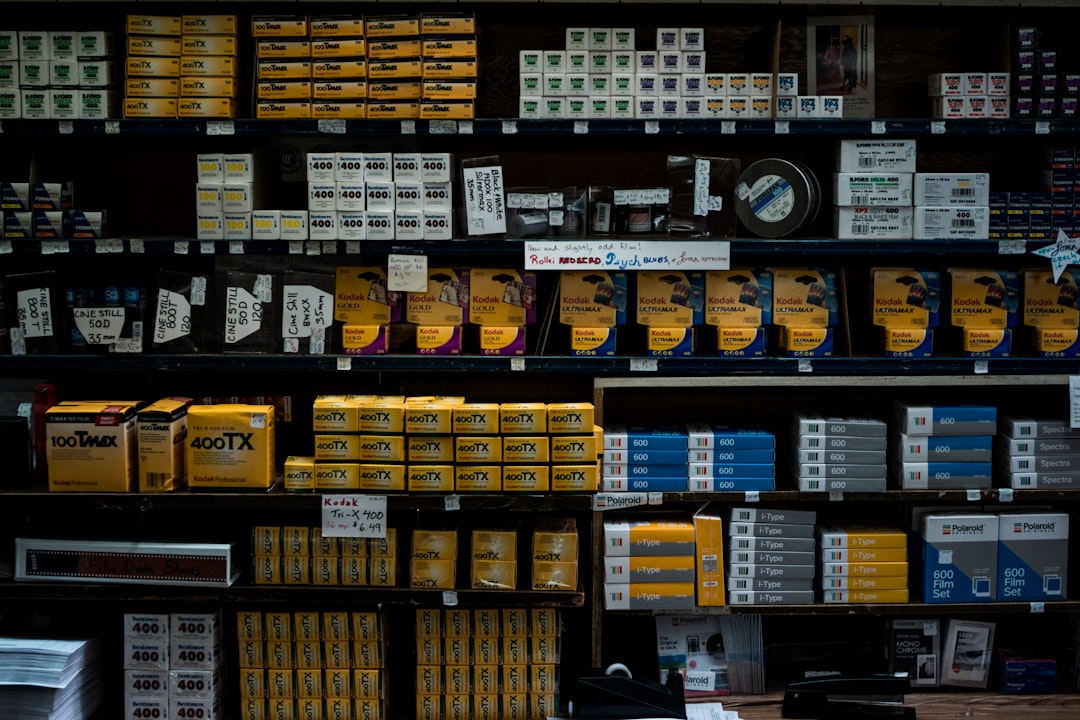Entering international markets is a significant step for any business, but it’s crucial to understand the regulatory landscape before you begin. One of the most critical aspects is navigating the complex world of international product certifications. These certifications ensure your products meet specific safety, quality, and performance standards in different countries, paving the way for successful global expansion. This comprehensive guide will delve into the intricacies of international product certifications, helping you understand the process and avoid potential pitfalls.
Understanding the Importance of International Product Certifications
International product certifications are more than just a box-ticking exercise; they are essential for several reasons. Firstly, they demonstrate compliance with local regulations, preventing your products from being seized or banned. This avoids costly recalls, legal battles, and reputational damage. Secondly, certifications build consumer trust and confidence. Consumers are more likely to purchase products that bear recognized certification marks, indicating they meet established quality and safety standards. Thirdly, certifications can open doors to new markets. Many countries require specific certifications before allowing products to be sold within their borders. Finally, certifications can provide a competitive advantage. Demonstrating adherence to rigorous standards sets your products apart from competitors and enhances your brand image as a reliable and trustworthy supplier.
Key International Certification Standards and Bodies
A multitude of international standards and certification bodies govern product compliance. Some of the most prominent include:
- CE Marking (Conformité Européenne): This mark indicates conformity with health, safety, and environmental protection legislation within the European Economic Area (EEA). It’s mandatory for many product categories and covers a wide range of directives.
- UL (Underwriters Laboratories): A globally recognized safety science company that tests and certifies products for safety, often required for electrical and electronic goods in North America and other regions.
- FCC (Federal Communications Commission): This US-based agency regulates telecommunications equipment, ensuring compliance with electromagnetic interference (EMI) and radio frequency (RF) standards.
- ISO (International Organization for Standardization): While not a certification body itself, ISO develops international standards that many certification bodies use as a basis for their assessments. ISO 9001 (Quality Management), ISO 14001 (Environmental Management), and ISO 27001 (Information Security) are widely recognized.
- CSA (Canadian Standards Association): Similar to UL, CSA provides testing and certification services in Canada and globally, focusing on safety and performance standards.
- CCC (China Compulsory Certification): A mandatory certification scheme in China for a wide range of products, ensuring they meet national safety and quality requirements.
The specific certifications required will depend on the product, its intended market, and the relevant regulations in that market. Thorough research is crucial to identify all applicable certifications.
Navigating the Certification Process: A Step-by-Step Guide
The certification process varies depending on the specific standard and certification body, but generally involves these steps:
- Identify Applicable Standards and Regulations: Research the specific regulations and standards that apply to your product in your target market(s).
- Choose a Certification Body: Select a reputable and accredited certification body that is recognized in your target market.
- Prepare for Testing and Audits: Gather all necessary documentation and prepare your product for testing and audits. This may involve designing for compliance from the outset.
- Product Testing: Your product will undergo rigorous testing to ensure it meets the required standards.
- Factory Inspection (Often Required): The certification body may conduct an inspection of your manufacturing facility to verify that your production processes meet the required standards.
- Certification Issuance: Once all requirements are met, the certification body will issue the certificate.
- Ongoing Compliance: Maintain compliance through regular audits and updates to your processes.
Engaging a qualified consultant can significantly streamline this process, particularly for companies unfamiliar with international regulations.
The Costs and Time Involved in Obtaining Certifications
The cost and time required for obtaining international product certifications can vary greatly depending on several factors: the complexity of the product, the number of certifications needed, the chosen certification body, and the scope of testing and audits. Simple products might require less extensive testing and obtain certification relatively quickly, while complex products with multiple safety and performance requirements may take considerably longer and be more expensive. Costs can include testing fees, auditing fees, certification fees, and the cost of any necessary design modifications to meet the standards. It’s essential to factor these costs into your overall product development and market entry strategy. Planning and proactive compliance measures can mitigate potential delays and unexpected expenses.
Maintaining Compliance and Avoiding Common Pitfalls
Obtaining certification is only the first step. Maintaining compliance is equally crucial. Regular audits are often required to ensure ongoing adherence to standards. Any changes to your product design or manufacturing processes must be reviewed to ensure continued compliance. Failure to maintain compliance can result in certification revocation, product recalls, and legal penalties. Common pitfalls include:
- Insufficient Research: Not fully understanding the applicable standards and regulations in your target markets.
- Choosing the Wrong Certification Body: Selecting a non-accredited or less reputable body.
- Poor Documentation: Inadequate record-keeping and documentation during the certification process.
- Ignoring Ongoing Compliance Requirements: Failing to conduct regular audits and maintain compliance with updated standards.
- Insufficient Communication: Poor communication between the manufacturer, certification body, and other stakeholders.
Proactive planning, thorough research, and meticulous attention to detail are crucial for successful navigation of the international product certification landscape.
By understanding the intricacies of international product certifications, businesses can confidently navigate the global market, build consumer trust, and achieve sustainable growth.
Tags: international product certifications, global certifications, CE marking, UL certification, product compliance, export regulations, international standards




